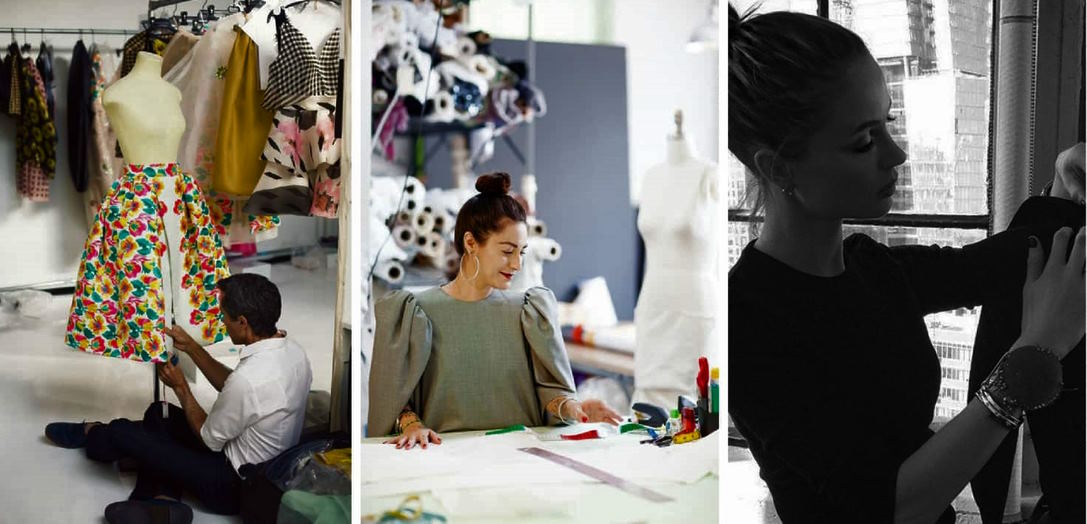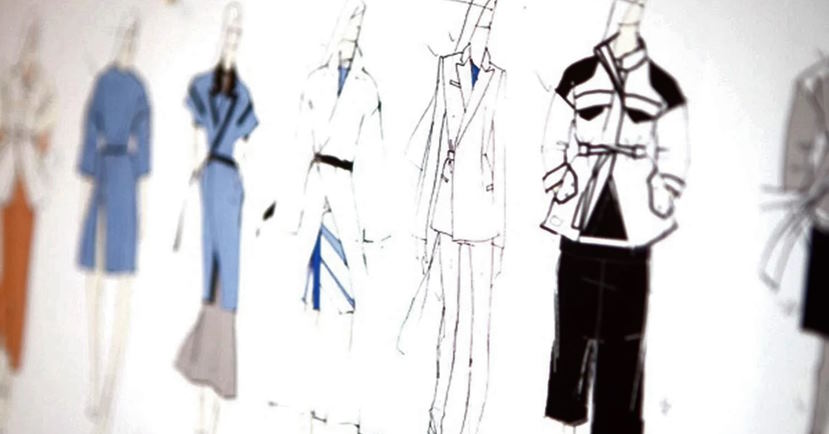
How To Create A Successful Fashion Line: Tips For Aspiring Fashion Designers
Fashion is an ever-evolving industry, and for aspiring fashion designers, creating a successful fashion line can be both a rewarding and challenging endeavor. While a passion for fashion and design is crucial, creating a fashion line requires more than just creativity and a great sense of style. It takes a well-thought-out plan, a strong concept, thorough research, and effective marketing strategies to turn a fashion line into a profitable business. From developing a concept to marketing and sales, we will cover the essential tips and strategies to help turn your fashion dreams into a reality.
Importance of having a clear and cohesive concept
Developing a clear and cohesive concept is a crucial first step in creating a successful fashion line. Your concept should serve as the foundation for your entire brand and be reflected in every aspect of your business, from the designs of your clothing to your marketing strategies. A strong concept can help differentiate your fashion line from competitors, attract a loyal customer base, and create a cohesive brand identity.
One example of a successful fashion line with a strong concept is TOMS Shoes. The company’s “One for One” concept, in which for every pair of shoes purchased, TOMS donates a pair to a child in need, has become synonymous with the brand and a key factor in their success. This concept not only provides a unique selling point for the company but also aligns with the values of their target market, creating a deeper connection with customers.
To develop a concept that is unique and appealing, it’s important to conduct thorough research on your target market and industry trends. Look for gaps in the market or areas where you can add something new and exciting. Think about your own personal style and what makes your fashion line stand out. Your concept should also be reflected in your brand’s name, logo, and overall aesthetic. The goal is to create a concept that is memorable, resonates with your target audience, and sets your fashion line apart from the competition.

Process of designing a collection
Designing a collection is where the creativity of the fashion designer truly comes to life. It is a process that requires a keen eye for detail, an understanding of current trends and, most importantly, a clear vision of the brand’s concept. The process of designing a collection starts with sketching and creating a mood board that captures the brand’s inspiration and aesthetic. From there, the designer can begin to create a cohesive and marketable collection.
To create a cohesive and marketable collection, it’s important to ensure that the designs align with the brand’s concept and the target market’s preferences. Consider the fabrics, colors, and silhouettes that best represent the brand’s identity, while also keeping in mind what will appeal to the target market. A great way to ensure that the collection is marketable is to conduct market research and pay attention to industry trends. This research can help determine which styles are currently popular and what the target market is interested in buying.
When designing with the target market in mind, it’s important to consider their lifestyles and purchasing habits. Ask yourself questions such as “what occasions will this piece be worn for?” and “what price point is reasonable for this market?”. Keeping these questions in mind will help to create a collection that is not only aesthetically pleasing but also commercially viable.

Manufacturing and Production
Manufacturing and production are critical steps in the process of creating a fashion line. After the designs are finalized, the next step is to bring them to life through manufacturing and production. This process involves finding the right manufacturers and suppliers, managing the production process, and ensuring that the final products meet quality standards.
To find the right manufacturers and suppliers, it’s important to conduct thorough research and obtain multiple quotes. Look for manufacturers who have experience producing similar styles or fabrics, and who can offer competitive pricing. It’s also essential to consider factors such as production lead times, minimum order quantities, and quality control measures. Building relationships with manufacturers and suppliers can also help streamline the production process and ensure that the final products meet quality standards.
Managing the production process involves coordinating with the manufacturer and supplier to ensure that the products are produced on time, at the expected quality, and within budget. This involves setting clear timelines, communicating regularly with the manufacturer, and maintaining open lines of communication. It’s also important to conduct regular quality control checks to ensure that the final products meet the brand’s standards.
